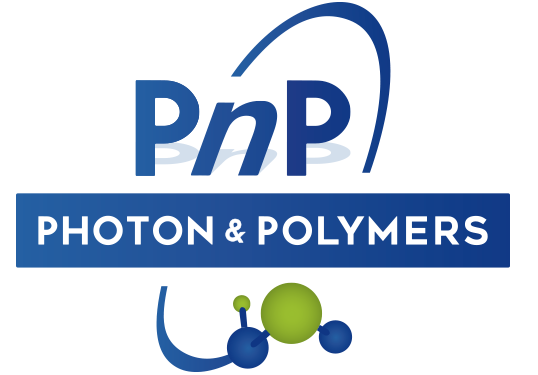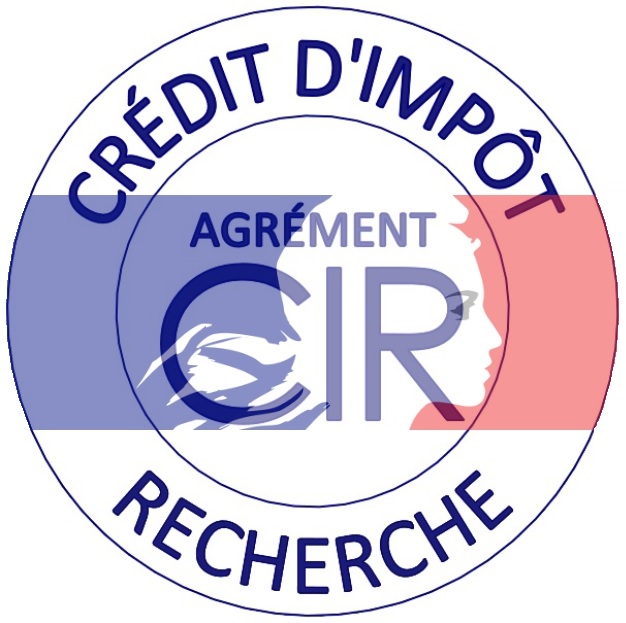Industrial applications
Two characteristics are mainly responsible for the industrial development of photopolymerizable systems
The speed of the process which transforms, in a fraction of a second, the molecule into a polymeric material.
Production at speeds up to 400 m/min. They are applied on various substrates: metals, plastics, paper, cardboard...
The surface properties of a material can be improved by means of highly resistant protective coatings, such as those obtained by photocrosslinking. Various types of materials are currently protected with UV varnishes, including wood, plastics, optical fibres, paper, leather, textiles, metals... The films from 20 to 100 μm thick increase the durability of these materials by slowing down the phenomena of degradation, oxidation, corrosion, aging and wear during their use. The introduction of photostabilizers in the resin formulation gives the coating a UV filter role and thus increases the photoaging resistance of polymer materials tenfold.
Although photopolymerization is mainly used to insolubilize thin photosensitive films, typically between 1 and 100μm, this technology allows much thicker samples to be crosslinked. For this, it is necessary to operate at low concentrations of photoinitiators, choosing a compound that undergoes rapid photolysis, without creating absorbent photoproducts in the near UV. This allows light radiation to gradually penetrate into the sample and initiate polymerization of the deep layers. Various types of acrylate and epoxy resins have been crosslinked by this frontal photopolymerisation to thicknesses of up to several centimetres.
By using solar radiation, this liquid/solid phase change can be achieved in a few minutes at room temperature and large panels can be processed at zero energy cost.
Although photopolymerization is mainly used to insolubilize thin photosensitive films, typically between 1 and 100μm, this technology allows much thicker samples to be crosslinked. For this, it is necessary to operate at low concentrations of photoinitiators, choosing a compound that undergoes rapid photolysis, without creating absorbent photoproducts in the near UV. This allows light radiation to gradually penetrate into the sample and initiate polymerization of the deep layers. Various types of acrylate and epoxy resins have been crosslinked by this frontal photopolymerisation to thicknesses of up to several centimetres.
By using solar radiation, this liquid/solid phase change can be achieved in a few minutes at room temperature and large panels can be processed at zero energy cost.
Industrial applications of polymers
You have an industrial project under study, in progress or pending? Need expertise?
Contact us now for more information.
Our services
PnP Screening Solutions
During R&D for the formulation of a coating, an adhesive, an inkjet or advanced materials for 3D printing, our creativity and sense of innovation help you quickly identify the right solution.
Learn more about
Learn more about
PnP Custom development
You have an innovative product idea or a particular need in photopolymer materials - varnish, inkjet, glue, advanced materials for 3D printing - to meet the expectations of a potential market?
Learn more about
PnP Consulting
We bring you an informed opinion on a problem or a development in progress or in gestation. Whether it is a material analysis or a failure or even a reverse engineering analysis, we provide objective advice.
Learn more about
PnP Training
PnP, Photon & Polymers' training organisation approval enables them to offer training on all the issues associated with photopolymer materials.
Learn more about
PnP Check & Optimize
Your current solution does not meet all your specifications? Looking to improve your formulations?
Learn more about


Photon & Polymers benefits from a CIR-CréditImpôtRecherche accreditation. Photon & Polymers' Research and Development operations are eligible for the Research Tax Credit.
Photon et Polymers
Our contact details
66 rue du Général de Gaulle
68460 Lutterbach - France
68460 Lutterbach - France
Téléphone
+333 89 53 83 10, +336 08 13 36 44




